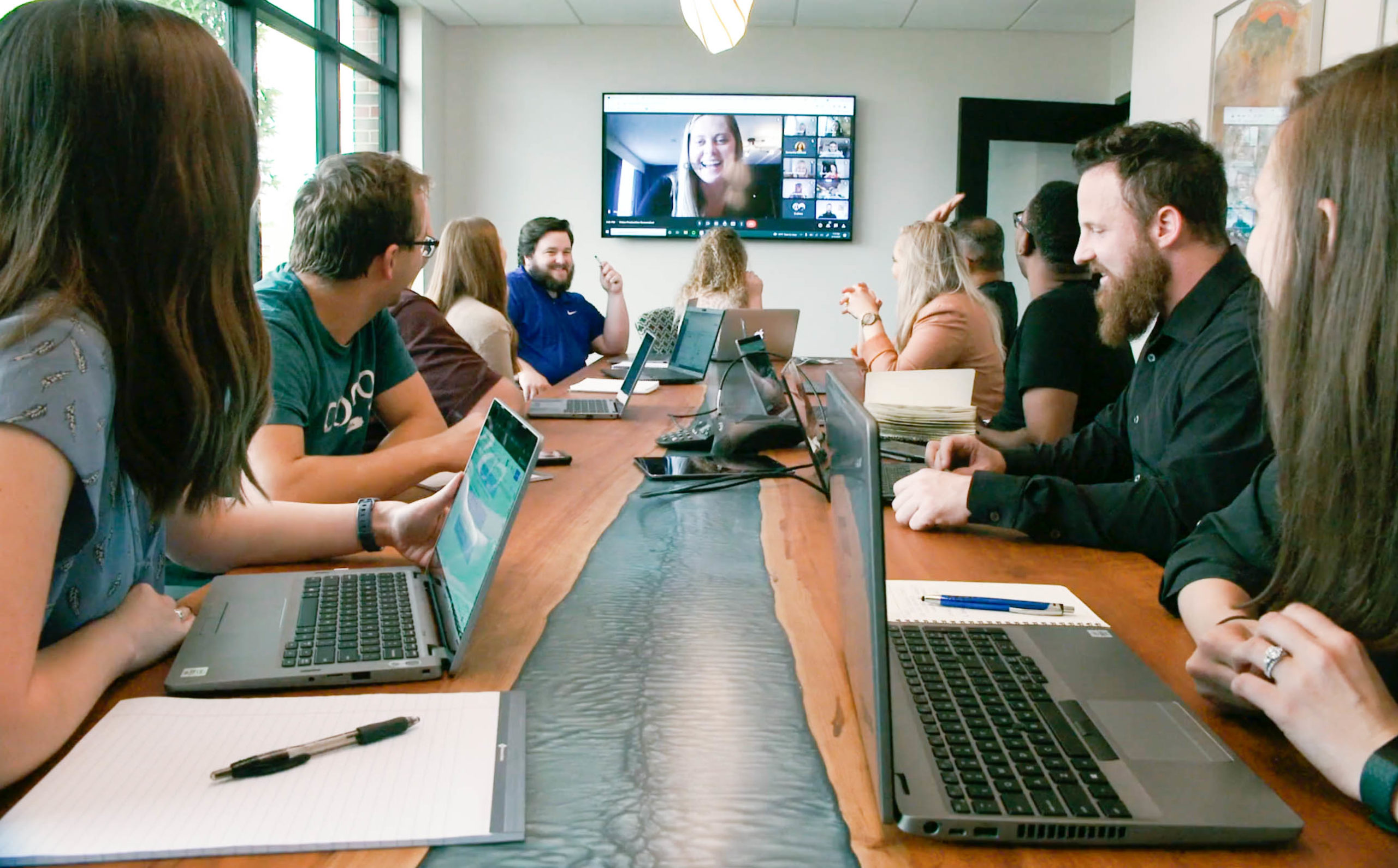Brands of all sizes are exploring how to drive CPG product sales through a D2C model. This is no surprise as US D2C sales will surpass $197B, with a rapid trajectory in 2024. While this only accounts for 2.6% of all retail sales, brands cannot ignore this emerging growth channel.
D2C models offer immense value for brands beyond just profitable sales due to the opportunity to collect consumer data and establish brand loyalty.
However, with convenience as a leading factor driving purchase decisions, how can you steer your audience away from mass retailers as the default and generate interest in your direct-to-consumer site? The key is to add value with a seamless, personalized, and memorable shopping experience.
In this article, you’ll learn how to create a successful D2C commerce experience by optimizing your omnichannel strategy at each stage of the purchase funnel.
Maximize The Shortened Purchase Funnel
How can you make sure the right individuals are finding your brand and, once they have, ensure they complete the purchase?
Understand the purchase funnel is becoming shorter as information is available at our fingertips. Consumers can search for a product, read reviews, compare brands, and make an informed purchase in a matter of minutes. Take Carvana for example – they transformed the lengthy process of purchasing a new car into a quick, digital transaction.
Knowing this, marketers need to create compact omnichannel marketing campaigns that align with the user journey and product life cycle. A well-tailored digital media strategy accounting for each stage of the consumer journey is paramount to driving D2C sales. Let’s explore how to accomplish this for your brand.
Create Brand Awareness And Product Consideration
We start at awareness – testing and amplifying messaging within well-researched prospecting audiences. Then, by activating a flexible, omni-channel approach, we can learn who our best audience is. We’ll also learn what channels we can reach them on and what messaging resonates best with them.
An important part of establishing awareness for D2C brands is using SEO and PPC to show up in product search. Combine PPC search ads with organic SEO to optimize your efforts. Once you’ve reached users in the discovery phase, deploy smart retargeting to stay top of mind until purchase.
Move Seamlessly From Consideration To Sales Conversion
As a consumer nears purchase, machine learning and algorithms need to get to work. Use AI to predict and serve the right messaging at the right time. Also, use technology like dynamic creative optimization to tailor messaging to complement previous touchpoints (e.g. add to cart or don’t forget the items in your cart for abandoners).
At Coegi, we bring together over 20 technology integrations, alongside certified experts on all digital platforms, to deploy advanced retargeting focused on recency and frequency analysis. As a result, we are able to deliver more efficient results, creating greater ROI for brands.
Establish D2C Brand Loyalty
To build loyalty, find ways to delight users with unexpected incentives, promotions, or gifts. Utilize the first party data collected from their initial purchase to re-message in a personalized fashion. Email marketing is a strong tactic to keep that ongoing pulse without fatiguing your customers with ads. But, serving ads for complementary items to previous purchases can be effective with sufficient buffer time post-purchase.
Ironically, if you hyper-focus on selling, you’ll miss out on sales opportunities. Instead of constantly pushing for purchases, also explore ways to create conversations through your marketing. Engage with your audience and establish a brand community. This authentic relationship is what creates loyalists who will continue to support your brand for years to come.
To learn more about how to create a successful omnichannel digital marketing strategy, view our CPG Digital Marketing Playbook here.






